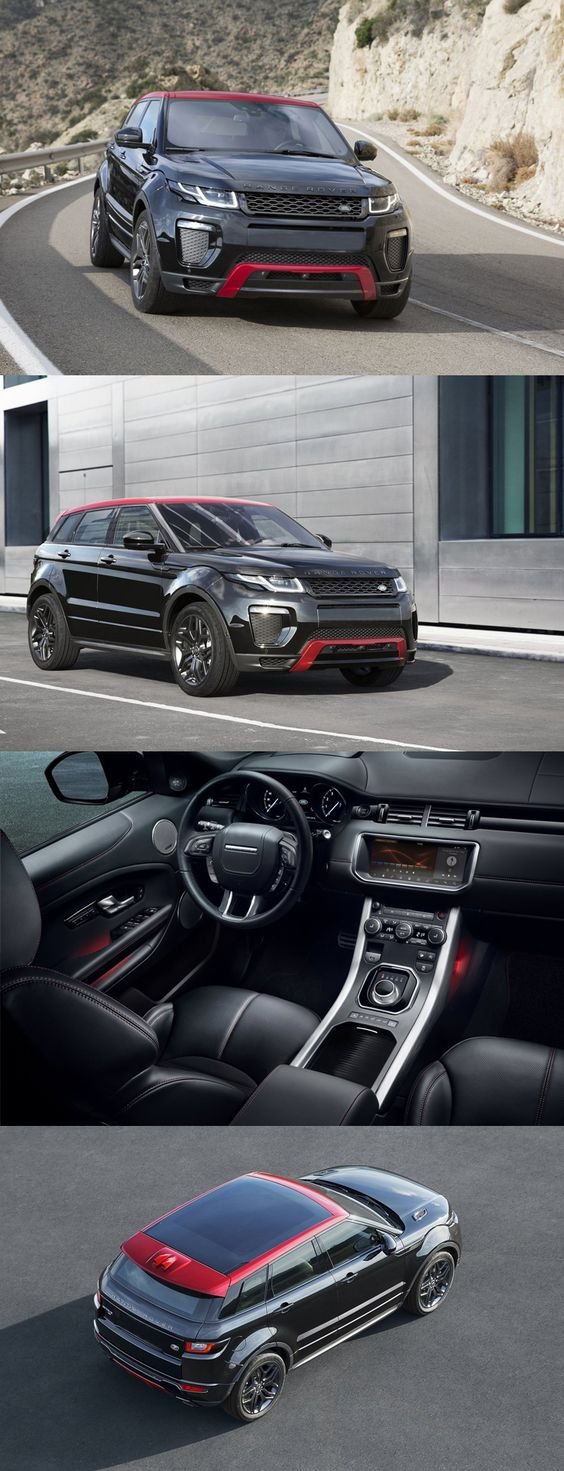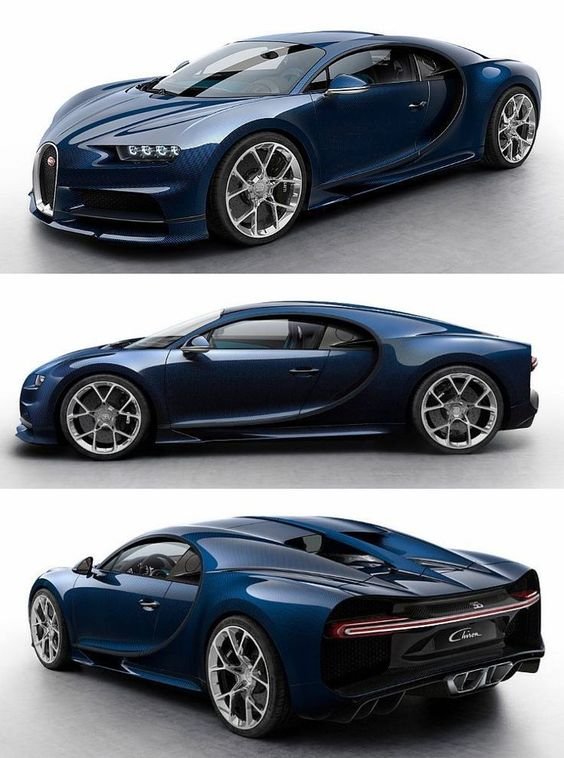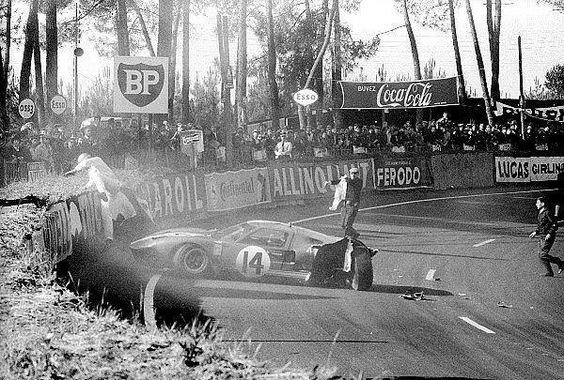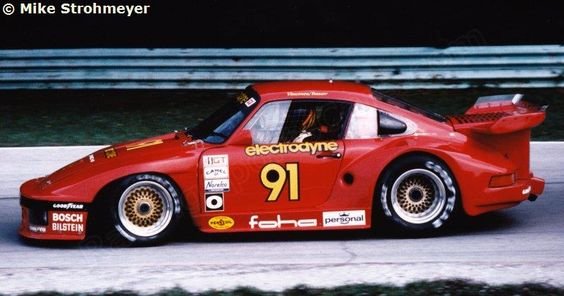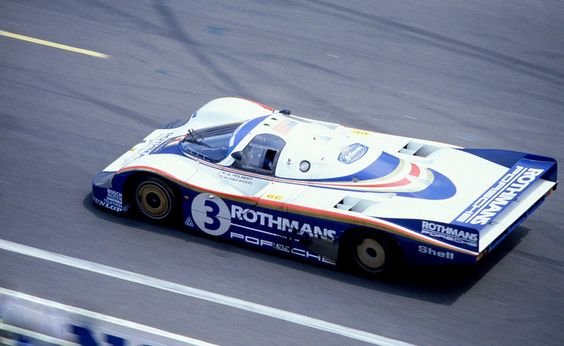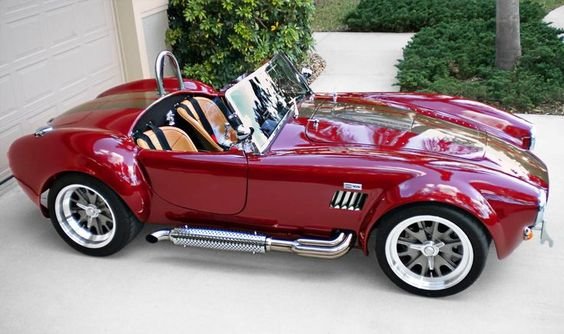Sports cars
From the onset of the motor industry, automakers strived for creating cars which would unify several significant characteristics: high speed, comfort and fancy looks. The modern view regarding these basic principles has slightly changed. The second decade of the 20th century was marked by stunning technological progress which contributed to replacement of previous methods for car testing – primarily racing, by developing new engineering approaches. A number of regular layouts for competition cars (e.g an in-line engine) were established. They had been preserved for the following 50 years. The industry was able to provide true monster vehicles at the time, capable of smashing the highest speed records. Examples worth mentioning are the German Mercedes-Benz 710 SSK (1929) with top speed 117 mph, the French Delange V12 (1923) – 143 mph and Miller Boyle Valve Special made in the U.S (1930) – 140 mph.
The automobile industry and sports cars are part and parcel of the modern world. Contemporary classification of auto races and sport vehicles is vast and cumbersome. Each category has its subcategories and subdivisions, each demanding a certain type of car. It may even depend on national governing bodies, such as The Confederation of Australian Motor Sport. The most famous racing categories are Formula One Grands Prix, World Rally Championship rallies, NASCAR races, European and American Le Mans Series.
Despite an abundant classification there is a number of underlying concepts defining the composition and basic features of any competition model, such as light alloys used to minimize the weight, impeccable aerodynamics to expand speed limits, enhanced suspension performance to allow safe and precise maneuverability. High safety standards are also a part of obligatory requirements, for instance – tubular chassis to protect the operator from injures in an accident; bucket seats with four-, five- and six-point harnesses designed to hold the driver tightly on sharp turns and during an urgent braking.
Almost any marque today has its own lineup of sports cars designed for different categories of motorsports. For example the Toyota has a number of vehicles assembled for NASCAR (Toyota Tundra), rally (Toyota Corolla WRC, Toyota Celica GT-Four ST205.) and Formula 1 series (Toyota TF109). It’s necessary to point out that not every vehicle which has a “sports” prefix constitutes a real sports model. A good many of the producers exploit such naming to raise the prestige of the car and to attract an additional number of customers. One of the world's best-selling sports car is the Mazda MX-5 which has a lightweight construction, features two seats and rear-wheel drive front engine.
There is a really a large scope of sports cars and their distinct types. Some are designed to augment profits coming from racing, and some to develop fine, exclusive, luxurious models which have traits of true sports cars, remaining compact and comfortable civilian vehicles for everyday use. In both cases, producing sports cars turns out to be an interesting process which contributes to increasing marque's popularity and total turnover, as well as to the development of newer engineering technologies.

